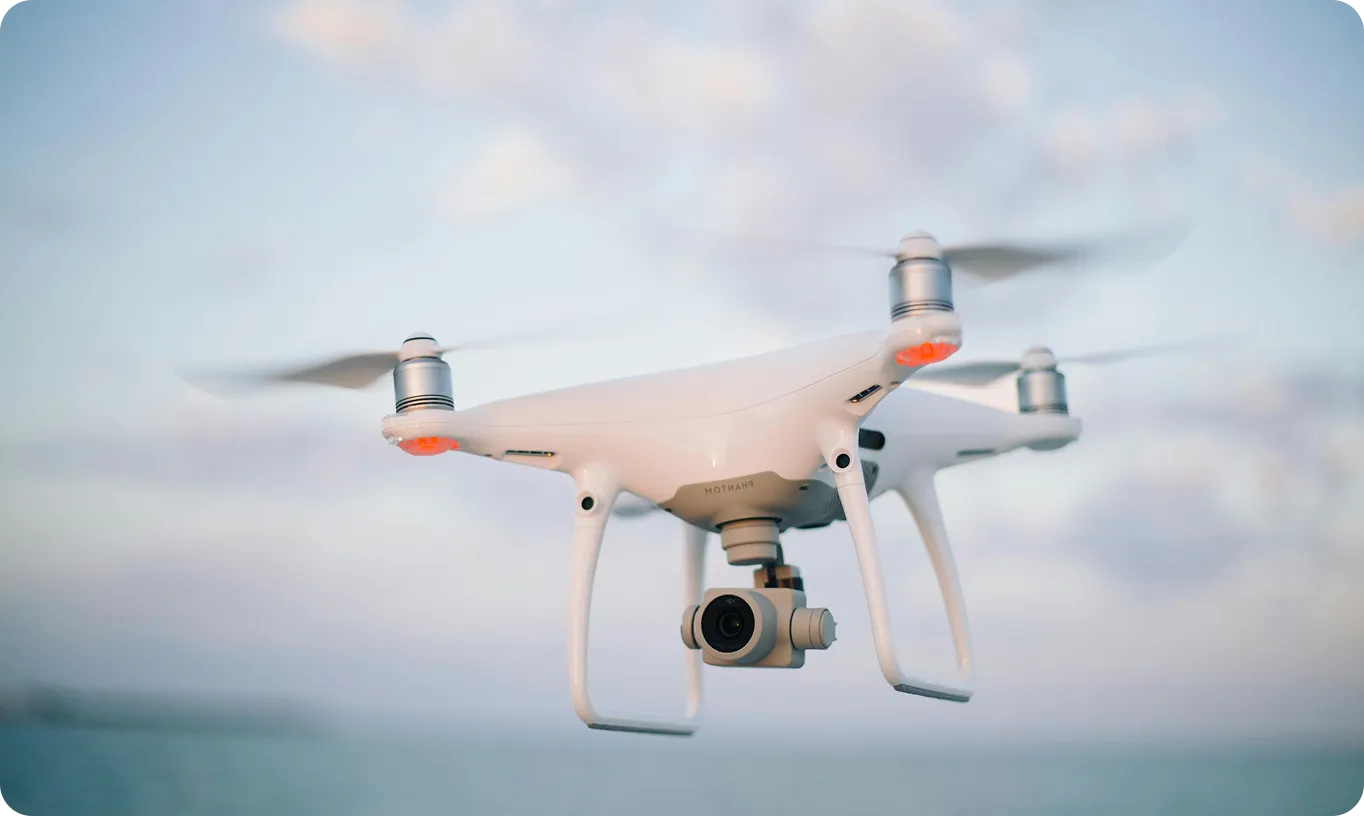Object detection architectures are the fundamental structures underpinning how artificial intelligence (AI) systems interpret visual information. These specialized neural networks are designed not just to classify objects within an image (identifying what is present) but also to precisely locate them, typically by drawing bounding boxes around each detected instance. For those familiar with basic machine learning (ML) concepts, understanding these architectures is crucial for leveraging the capabilities of modern computer vision (CV). They form the backbone of systems that enable machines to "see" and understand the world in a way similar to humans.
Types of Architectures
Object detection architectures are broadly classified based on their approach:
Distinguishing from Similar Terms
It's important to differentiate object detection architectures from related computer vision tasks:
- Image Classification: Assigns a single label to an entire image (e.g., "cat," "dog"). It identifies what is in the image globally but not where specific objects are located. See the Ultralytics classification task documentation for examples.
- Semantic Segmentation: Classifies each pixel in an image into a predefined category (e.g., all pixels belonging to cars are labeled "car"). It provides dense prediction but doesn't distinguish between different instances of the same object class.
- Instance Segmentation: Goes a step further than semantic segmentation by classifying each pixel and differentiating between individual object instances (e.g., labeling "car 1," "car 2"). It combines object detection and semantic segmentation. Check the Ultralytics segmentation task documentation for more details.
Real-World Applications
Object detection architectures power numerous AI applications across diverse sectors:









